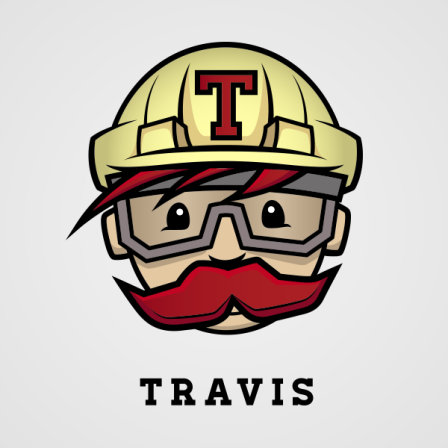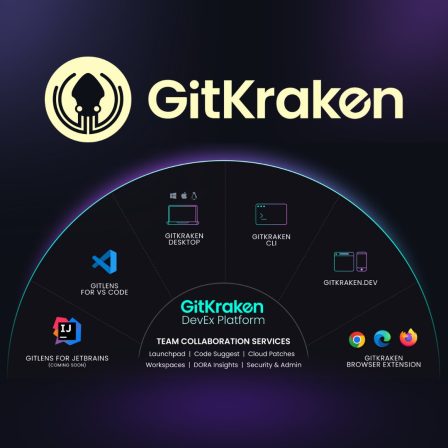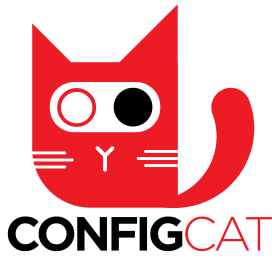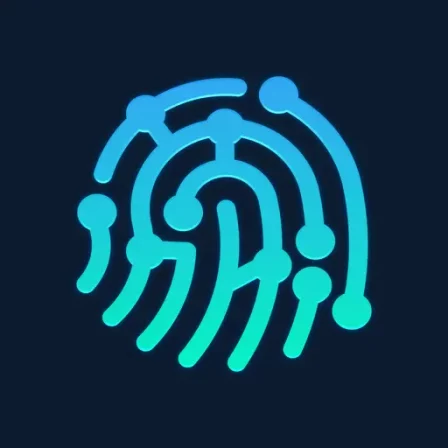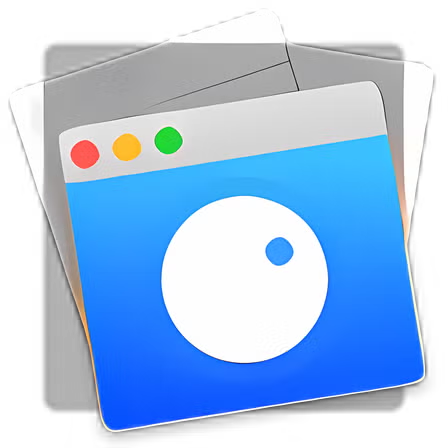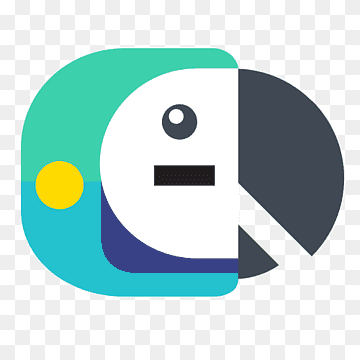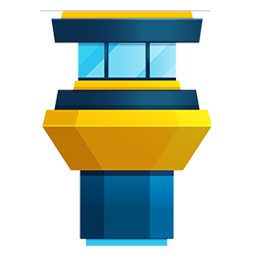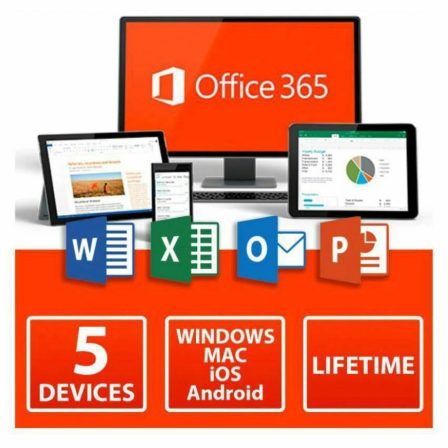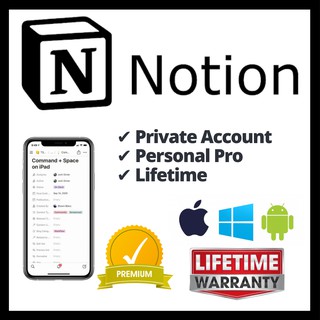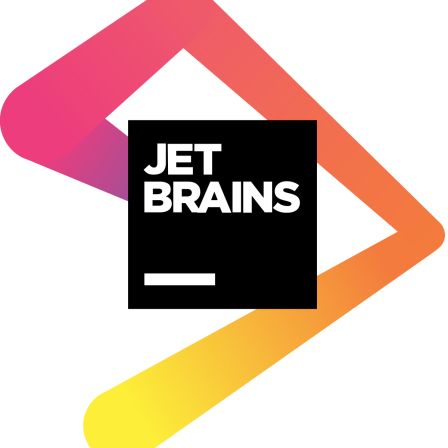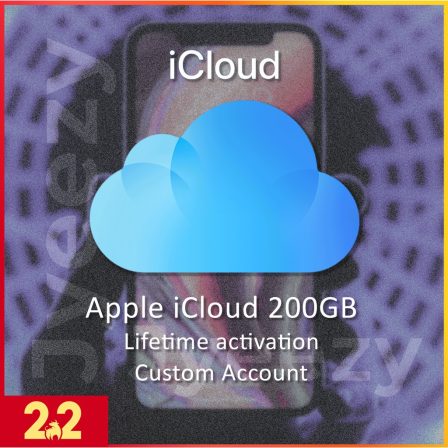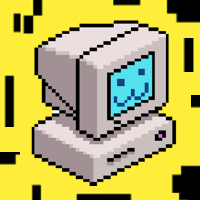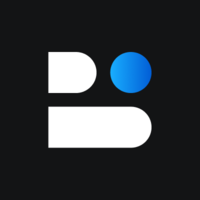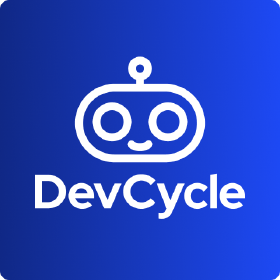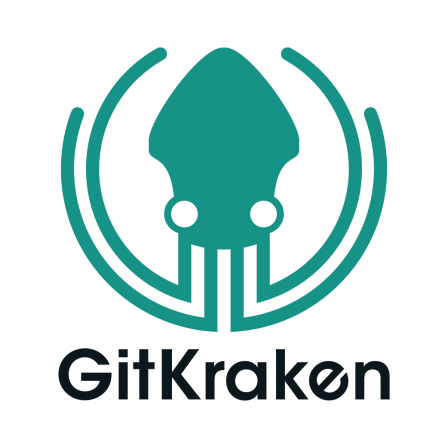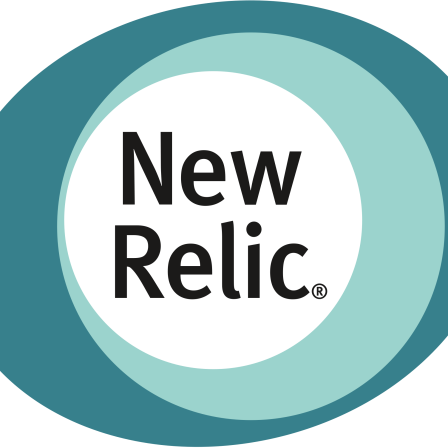There is no item in your cart
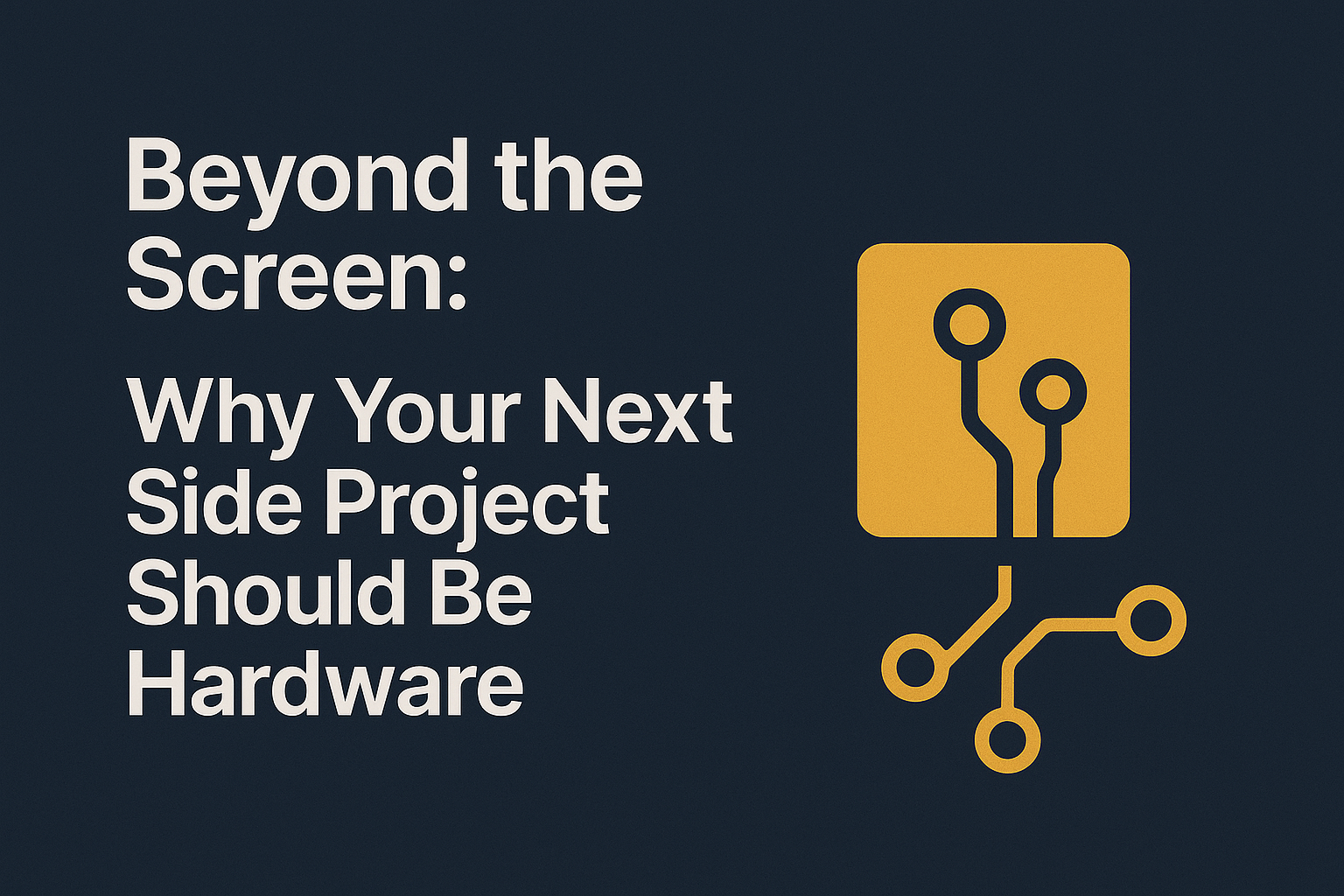
Beyond the Screen: Why Your Next Side Project Should Be Hardware
As a software developer, you spend your days manipulating intangible bits and bytes in the cloud. Your code lives on servers you’ll never see and runs on devices you’ll never touch. But what happens when that code needs to interact with the physical world?
The line between software and hardware is blurring faster than ever. The “Maker Movement,” powered by accessible platforms like Arduino and Raspberry Pi, is no longer just a hobbyist’s pastime. It’s becoming a crucial training ground for the next generation of skills in IoT, Edge Computing, and robotics. This guide explores why every software developer should consider picking up a breadboard, and how it will make you a better, more versatile engineer.
1. It Teaches You True Resourcefulness
In a world of auto-scaling cloud instances and gigabytes of RAM, it’s easy to forget about constraints. When you’re programming a microcontroller with only a few kilobytes of memory, every line of code matters.
- Efficiency becomes paramount: You are forced to write more efficient, optimized code.
- You understand the full stack: You gain a deep appreciation for what happens at the hardware level, which can inform your decisions when building larger-scale software systems.
2. It’s Your Gateway to the Internet of Things (IoT)
The Internet of Things isn’t just a buzzword; it’s one of the fastest-growing sectors in technology. The skills you learn by building a simple smart weather station with an [Arduino] are the exact same fundamental skills needed to build industrial IoT systems. You learn about:
- Reading data from physical sensors.
- Controlling motors, lights, and other actuators.
- Sending data efficiently over low-power networks.
- Connecting your device to a cloud backend.
3. It Makes Abstract Concepts Concrete
Concepts like asynchronous programming, event loops, and state machines can feel abstract in a web application. On a hardware project, they become tangible. An “event” is a real button press. “State” is whether an LED is on or off. This hands-on experience solidifies your understanding of core computer science principles in a way that purely screen-based coding cannot.
Getting Started: Your First Weekend Project
Diving into hardware is easier than ever. You don’t need an electrical engineering degree.
- Get a Starter Kit: A kit from a trusted provider like [Adafruit] is the best way to begin. It will come with a microcontroller board, a breadboard, wires, LEDs, and sensors.
- Blink an LED: The “Hello, World!” of hardware is making an LED blink. This simple exercise teaches you the basic workflow of writing code, compiling it, and uploading it to a physical device.
- Connect to the Cloud: Once you can read a sensor, your next step is to send that data to an IoT platform like [Adafruit IO+]. This closes the loop and connects your physical project to the global network.
Conclusion
Tinkering with hardware is more than just a fun weekend activity. It’s a powerful way to deepen your understanding of how software interacts with the real world. It builds skills in efficiency and systems thinking, and it opens the door to the rapidly expanding universe of IoT and embedded systems. It makes you a more complete engineer.
Whether you’re building a complex web application or your first blinking LED, having the right tools is what brings ideas to life. At SMONE, we provide access to the building blocks for modern creators, from professional IDEs like [JetBrains] to the hardware and cloud platforms from [Arduino] and [Adafruit]. Explore our collection and start building something tangible today.
